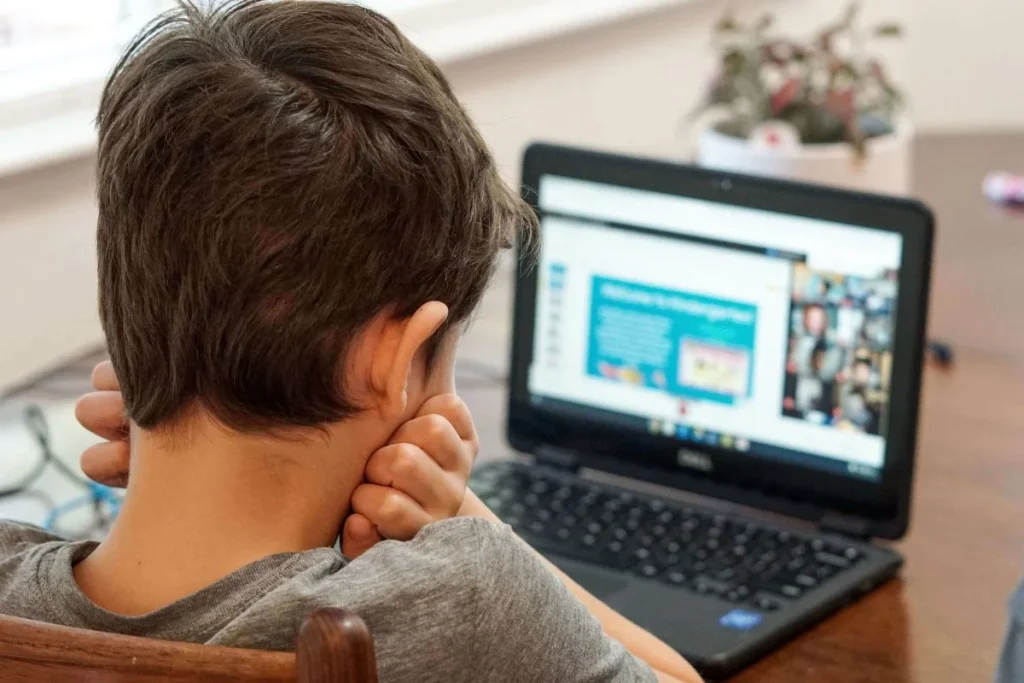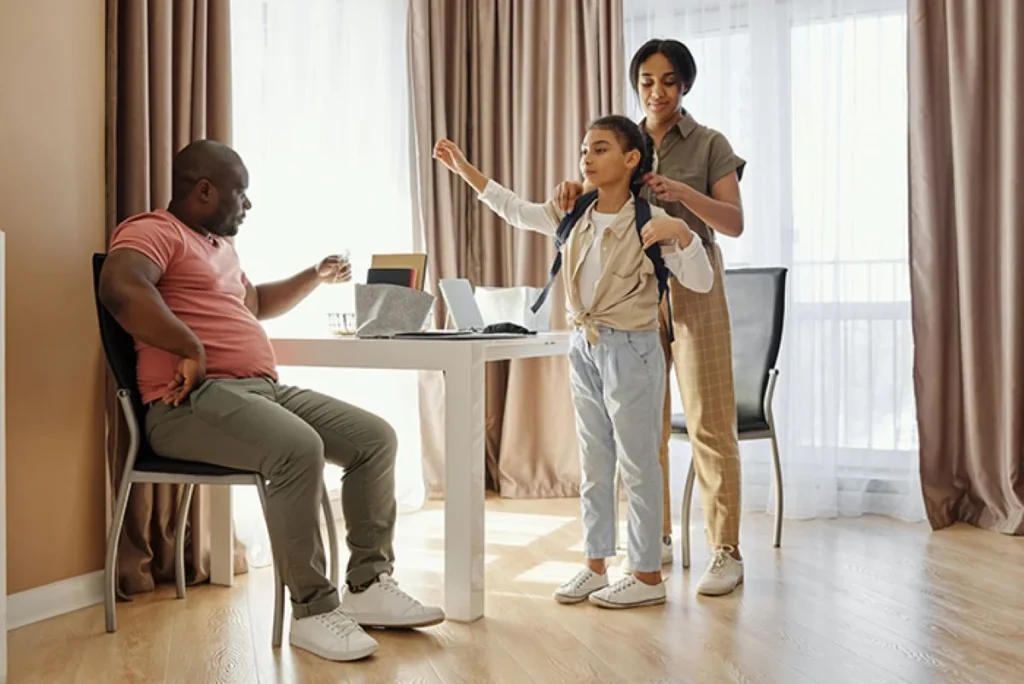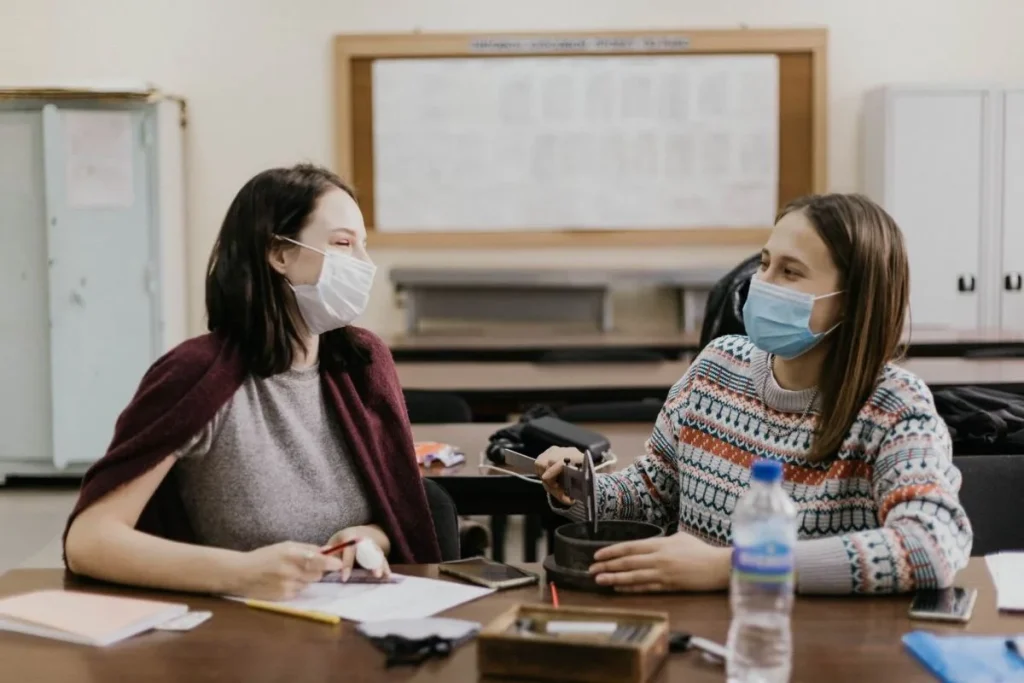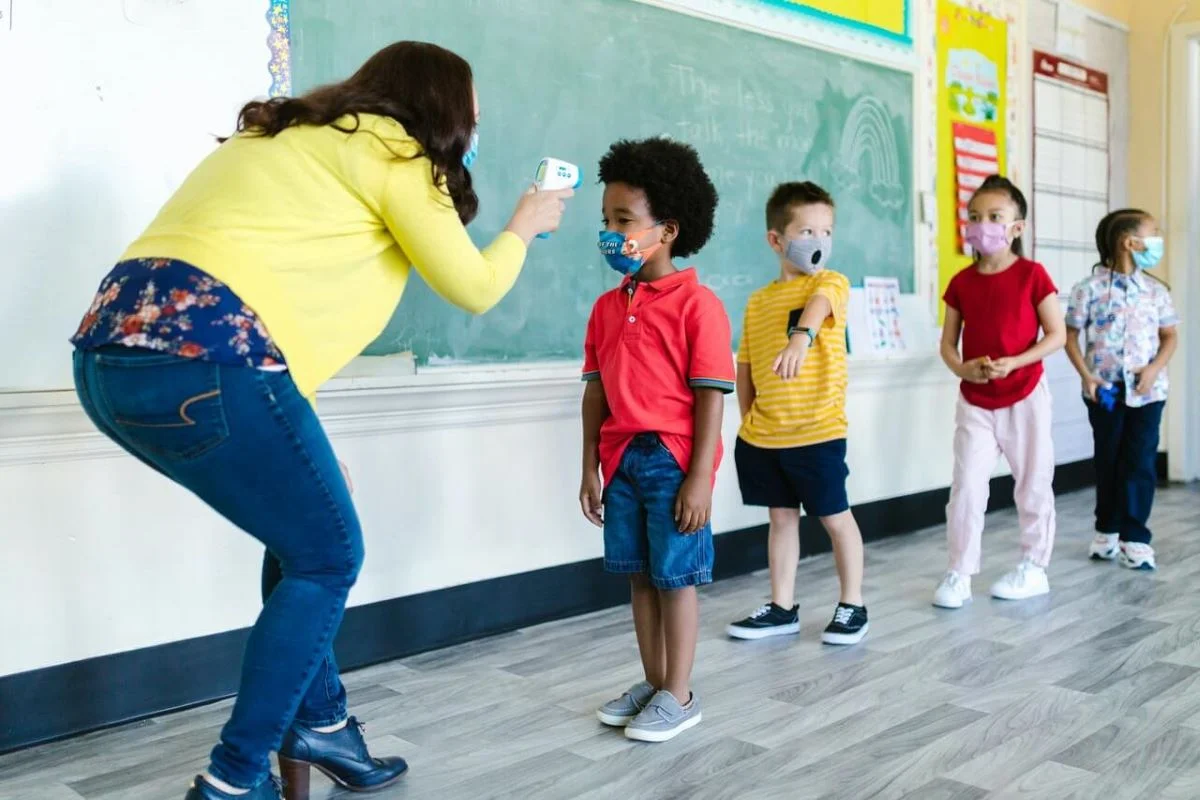If you’re currently looking for a house for rent, you may want to consider moving to a place closer to your kid’s school because face-to-face classes might just return. Depending on your parenting style and how your kids are doing right now with online classes, this may or may not be good news. So, let’s look at the facts.
How Virtual Learning Affected Students
If we turn to social media, it’s as if every single student currently enrolled is struggling with online classes — even now, considering that it’s been almost two years since the shift started, complaints are still everywhere.
Meanwhile, if we look at the numbers, we can see a significant number of students who chose not to enroll. Based on data from the Department of Education (DepEd), 27.7 million students enrolled in 2019, which went down to 23 million in 2020. 2.75 million of which were private school students.
It has gotten so bad that the Senate expressed its alarm over the increasing number of dropouts. There are numerous reasons behind this, and according to the Philippine Statistics Authority, the most common were family issues, financial concerns, and lack of personal interest.

So, with this information, you may be worried about how virtual learning is affecting your students and their success in terms of knowledge and overall education.
A study conducted at Harvard University decided to find out just that. The researchers focused on how online college courses affected student success compared to the traditional in-person classroom setting. No surprise, they found that taking a course online instead of in person can reduce a student’s success and progress in college.
The researchers found an approximate 0.44 grade drop, which means students that earn a B- (2.8) grade on average during in-person classes and their peers taking the same course online earned a C (2.4). Moreover, online courses can reduce a student’s GPA by 0.15 points.
Additionally, the researchers found that the negative effects of online learning worsen for students that have a low prior GPA (meaning, they have a low GPA before they started online learning).
In the Philippines, this can be really bad news since not everyone can afford fast internet and reliable computers to support high-quality online learning. Education experts expressed concerns that COVID-19 may have created a “lost generation,” worsened by the limitations of remote learning and by busy parents trying to maintain stability in the family.
According to The New York Times, even families from the suburbs think that while health must be a priority, they’re afraid that their children aren’t learning at all because of the really slow internet.
Now, this may not affect you if you have fast internet. However, if the teachers or professors of your kids have slow internet, then your fiber connection can’t really do anything about it. So, in a way, it still affects your children’s learning.
Unfortunately, even then, the education secretary, Leonor Briones, claim that the electronic reopening is a success because 24 million children were enrolled in school. While this figure is still relatively large compared to the number of students who didn’t enroll, this may also mean that 24 million students will suffer a lack of quality education that face-to-face classes can offer.
So, if we’re going to reopen schools in the Philippines, what could we do? What did other countries do when they decided to keep their schools open? Are there repercussions in the health and safety of the students and teachers? Should you risk your kids leaving your house for rent just to go to school? Let’s find out.

How Did Other Countries Reopen Schools
News from The New York Times said that some countries took an aggressive approach in full-blast face-to-face classes just to keep their schools open, especially during the surge of the Delta variant. In Britain, students and teachers did not wear masks in their classrooms, but the British government amplified their efforts in terms of safety measures, like rapid testing and widespread quarantines.
There are numerous challenges to reopening schools. Mainly, what would a school do if a student or teacher tests positive for COVID-19? Although, according to the Council on Foreign Relations, the majority of the dozens of countries that have reopened their schools reported low numbers of new positive COVID-19 cases. This is considering that the country and school have a strict protocol.
Otherwise, the worst-case scenario would be an outbreak that can affect thousands of students, teachers, and families.
In Israel, when they reopened schools without strict social distancing and strict health protocols, more than two thousand people tested positive in the country’s education system and at least one teacher died. Since then, Israel required schools to close for two weeks in the event of a positive case and that all students and teachers in that school must be quarantined.
However, probably the main issue that a lot of schools are more concerned about, reopening schools is expensive. This is because of the additional health and safety standards that schools must implement, which include guaranteeing that they have enough personal protective equipment (PPEs) for all students and teachers.
On top of that, they need cleaning supplies, plastic barriers, safety materials, and manpower to do regular disinfection. Some schools may consider classroom reconstruction to improve ventilation systems and handwashing stations.
In the United States, primary and secondary schools received $13.5 billion in assistance to reopen. However, schools claim that it’s still not enough for schools that were already suffering financially during online classes.
So, unless our country and schools are properly prepared with safety protocols, you may want to think about letting your kids go to school, away from the safety of your house for rent.

Health and Safety Precautions for Reopening Schools
To reopen schools during a pandemic, schools and local government units should provide assistance for all teachers and staff, as well as hygiene supplies for everyone who wants to enter the school.
1. Make reopening decisions based on local cases
According to episode 55 of Science in 5, the official podcast resource by the World Health Organization experts, Dr. Maria Van Kerkhove said that the first thing we need to do is to make sure that local transmission is as low as possible because, at the end of the day, the people that work in schools live in the communities.
Meanwhile, according to the Center for American Progress, the number of new cases in the school’s surrounding perimeter should be low enough that a transmission can be easily controlled. Moreover, an incidence and testing threshold or standard must be met by the city and its surrounding cities before reopening their economies.
For example, in New York, schools will only open if the positive rate stays below 5% over a 14-day average. Through this, we can ensure that children and teachers will less likely carry the virus in schools.
2. Monitoring systems for students and staff
In the same episode of Science in 5, Dr. Maria Van Kerkhove also said that every school must have good systems in place to monitor the health of both students and staff. This can enable schools to detect cases quicker and let students who are unwell stay at home.
Hence, an easy communication channel must be available for the students, faculty, and parents, so that they know what to do if a student or teacher gets sick. This will help schools minimize the opportunity for coronavirus to spread within the school, as well as minimize the reduction in the number of faculty members who are healthy enough to teach.
3. Health and safety standards must be in place
Dr. Maria Van Kerkhove recommends improving ventilation and distancing in the school. On top of that, she says that this is also about disinfection and wearing masks. All of which must be supported by both the government and the school administration. Preferably, teachers and students must be vaccinated.
Moreover, Dr. Maria Van Kerkhove also said that if there are vaccines available in the community, the vaccination rate in those communities should also be a priority since it’s close to the school. Furthermore, teachers should also be included as a priority group when it comes to vaccination.
Furthermore, adequate safeguards for food preparation within schools or restaurants around the school’s vicinity should conduct regular deep cleaning.
4. Collaboration between schools and local government
According to the Center for American Progress, every district should consider the number of students per school, divide those students into smaller cohorts, and the current physical condition of the schools’ buildings.
Dividing students into smaller classes can help control the number of people that each student and staff will come into contact with during a school day. Smaller student and teacher populations and larger school buildings make it easier for people to remain at least six feet apart.
Moreover, schools that are under-resourced and can’t promote proper ventilation must be closed until additional upgrades are available.
5. Develop a plan for hybrid approaches
Even if the main goal is to return safely to in-person learning, every city and school must still have a comprehensive plan for increasing the effectiveness of remote learning for all students. This is regardless of the current state of the number of positive cases in the community.
For this reason, online learning is still an integral part of in-person learning during a pandemic. Some students will still be unable (or even unwilling) to attend physical classes because they or a family member hasn’t been vaccinated yet.
Additionally, when a surge happens, students may be forced to go back to fully online classes. So contingency planning for hybrid learning models must be considered.

Face-to-Face Classes in the Philippines: What to Expect
Now, we already know what other countries have done to keep their schools open. But what about here in our country? What can we expect in the next few months or years for face-to-face learning? Here is the latest news we have as of writing:
“93% of teachers, school staff joining pilot in-person classes already vaccinated — DepEd”
According to Inquirer.net on October 26, 2021, about 93.2 percent of teachers and school staff who will join the initial implementation of in-person classes are vaccinated. This is quite promising, and will also give parents the security that their children will be okay when they go to school.
As parents, you can also enhance your children’s safety by getting them vaccinated for COVID-19. If you have younger kids, this may be an issue since children below 12 years old aren’t approved for vaccination yet. Luckily, you have the option to not let your kids go to school.
“Parents not forced to send their children to attend pilot in-person classes — DepEd”
According to Manila Bulletin on October 26, 2021, the Department of Education recognized the concerns of parents who are still worried about the safety of their kids should they go to school. In a statement, the DepEd said that it understands and respects the concerns of parents.
Fo this reason, the government agency also reiterated that the implementation of pilot face-to-face classes will only be in low-risk areas. They have also been coordinating with other agencies with stringent preparations and protocols to provide protection for the students.
Speaking of low-risk areas, this could mean that Metro Manila schools may not be included in the pilot reopening. However, as of writing, there are at least 90 schools on the list.
“Pilot run of face-to-face classes to push through in at least 90 schools: DepEd”
According to ABS-CBN News last October 25, 2021, the Department of Education has identified the schools that are capable of participating in the pilot in-person classes next month. All of these schools passed the health department’s risk assessment, including consent from retrofitted facilities, local governments, and approval from parents.
The goal of the DepEd is to reach 100 public schools to join the initial run of reopening. They also reiterated that the new face-to-face classes will be different from traditional learning and that they will only be conducted during specific hours and specified places. So, if your kids study in a private school, they may have to wait a little longer.
“Gov’t should include private schools in face-to-face classes—Gatchalian”
However, according to the Manila Bulletin last October 25, 2021, Senator Gatchalian, the chair of the Senate Committee on Basic Education, Arts, and Culture, said that private schools must be included in its plans to resume limited in-person classes.
He also said that private schools have the financial capability to invest in health protocols with buildings that have the luxury of more space compared to public schools.
So far, these are what we have, but all are promising for the school year 2022. Rest assured that the government and schools will give you the freedom to choose what’s best for your kid
Related Blog: What to Consider When Getting Your Kids Vaccinated for COVID-19


